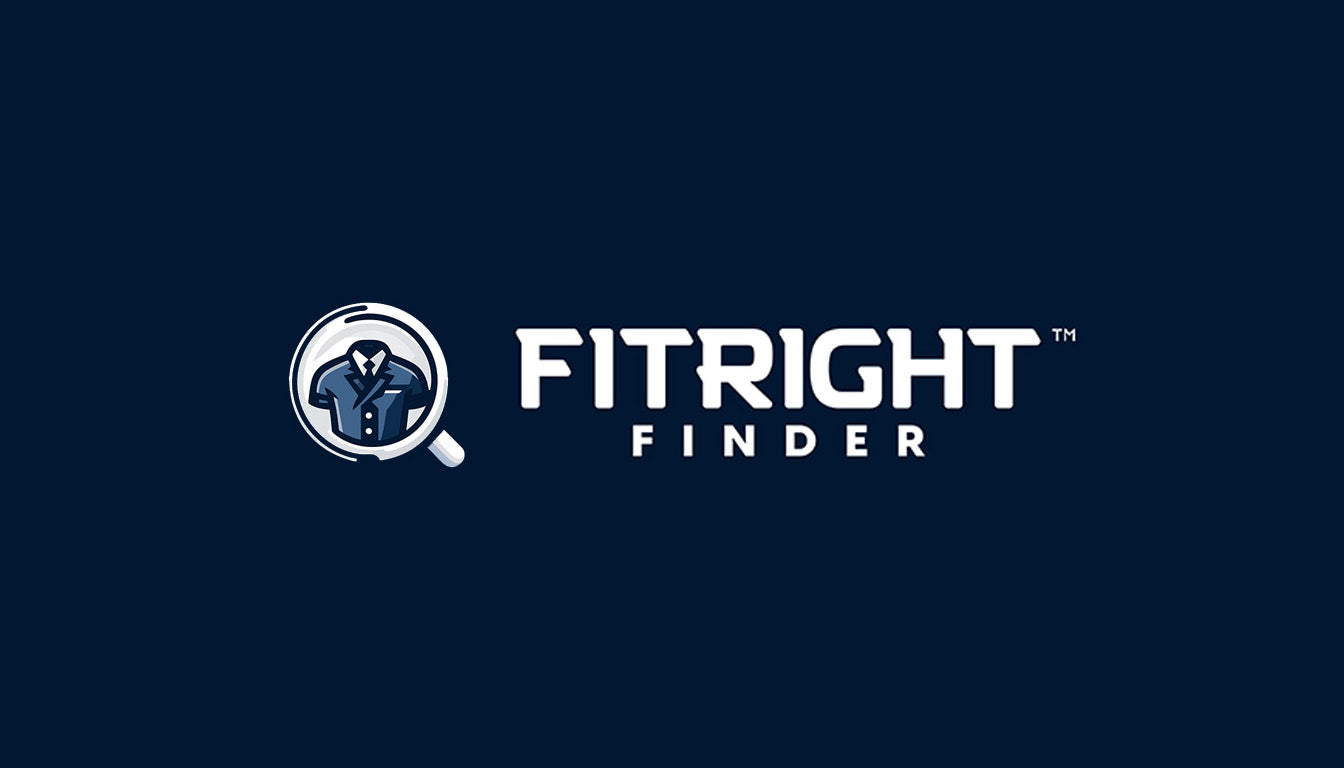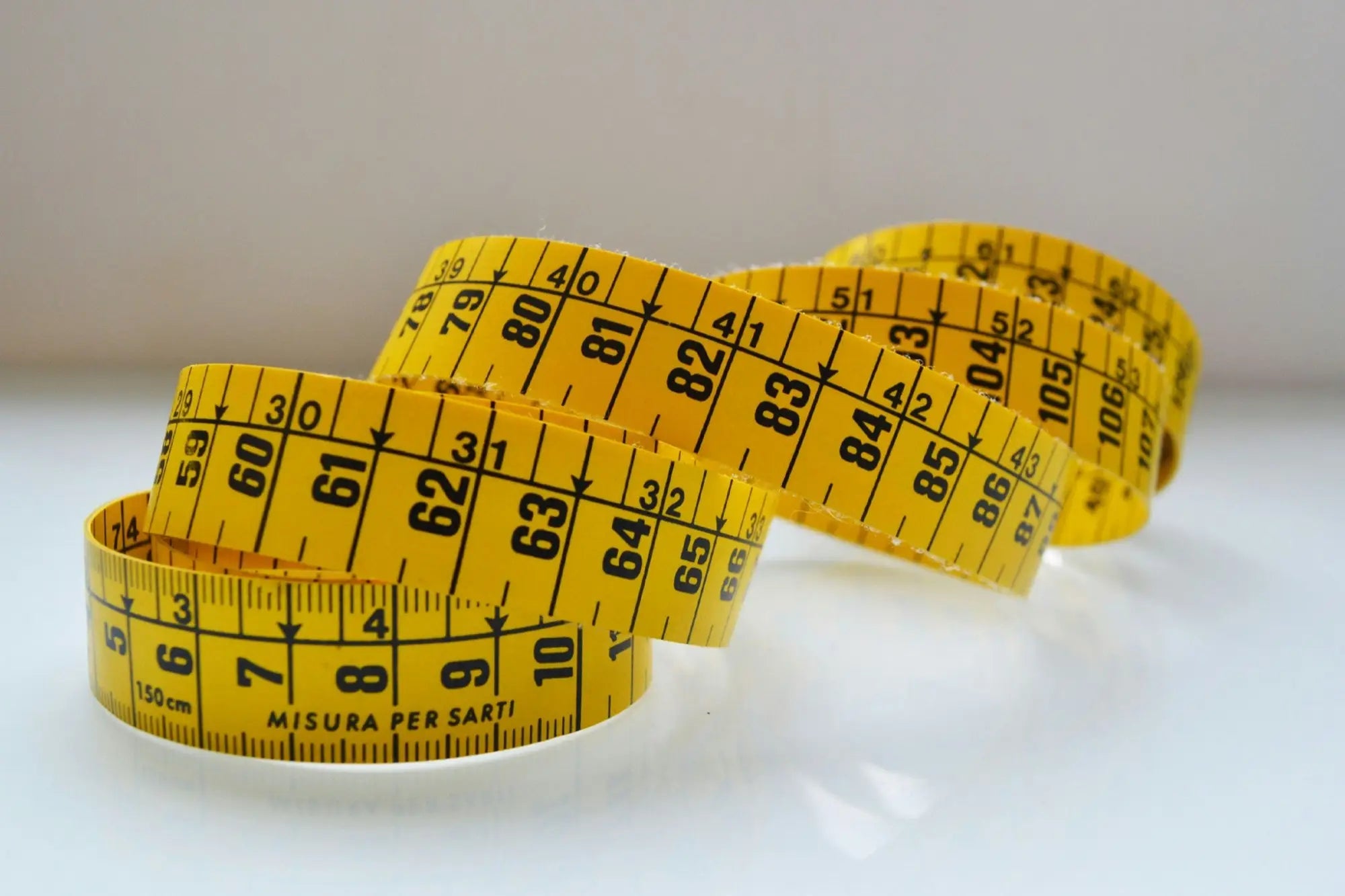Uniform Article
Embroidery and How Digitising Logos Works
WHAT IS EMBROIDERY? Embroidery is the art of taking your logo, using the latest embroidery software to digitising it in to a computerised format for our machines to understand. Put simply, we apply your logo on to almost any garment using a needle...
How screen printing offers cost effective and vibrant color results
WHAT IS SCREEN PRINTING? Screen Printing is a printing technique whereby a mesh is used to transfer ink onto a substrate, except in areas made impermeable to the ink by a blocking stencil. A blade or squeegee is moved across the screen...
Affordable DTG Printing with kulaINK for Colorful Garment Designs
DTG PRINT. The Direct to Garment Printing is here. Once upon a time, you would have to pay screen set ups per colour! For prints with multiple colours, this would be a massive investment and that is...
Embroidery Basics and Why It’s a Cost Effective Branding Option
WHAT IS EMBROIDERY? Embroidery is the art of taking your logo, using the latest embroidery software to digitising it in to a computerised format for our machines to understand. Put simply, we apply your logo on to almost any garment using a needle...
How Our Uniforms and Workwear Business Model Has Evolved Since COVID
SHOWROOM & EMBROIDERY FACTORY. Back in the good old days before COVID-19, we use to have one of the largest Uniform Showrooms in the country selling Scrubs and CHefwear direct. Since the virus, we have made changes to our...
Fitright Finder Eliminates Uniform Hassles with Industry Standards
COMING IN 2025. FITRIGHT FINDER. Choosing the right uniform shouldn't feel like a maze of overwhelming options. With FITRIGHT FINDER, we've created a streamlined, stress-free way to ensure you find the perfect uniform and workwear for your needs....
Quality Hospitality Uniforms and Industrial Workwear for Australian Businesses
At The Uniform Super Store, we specialize in providing high-quality uniforms and workwear tailored to meet the diverse needs of businesses across Australia. Our extensive range includes corporate attire, hospitality uniforms, healthcare apparel, and industrial workwear, ensuring your team presents...
How uniforms can boost team spirit and give your brand a competitive edge
Are Uniforms Necessary? The debate over whether uniforms are truly “necessary” for a business has persisted for decades. Some argue they are merely an added expense or an unnecessary imposition on employees. But in reality, uniforms are not just a...
How to Get the Right Uniform Size with a Half Chest Measurement
HOW TO CORRECTLY MEASURE YOURSELF FOR THIS GARMENT... We have provided the easiest and the most accurate method to get the right size uniform for your body shape or staff. Simply put, we want you to measure a garment (like...












